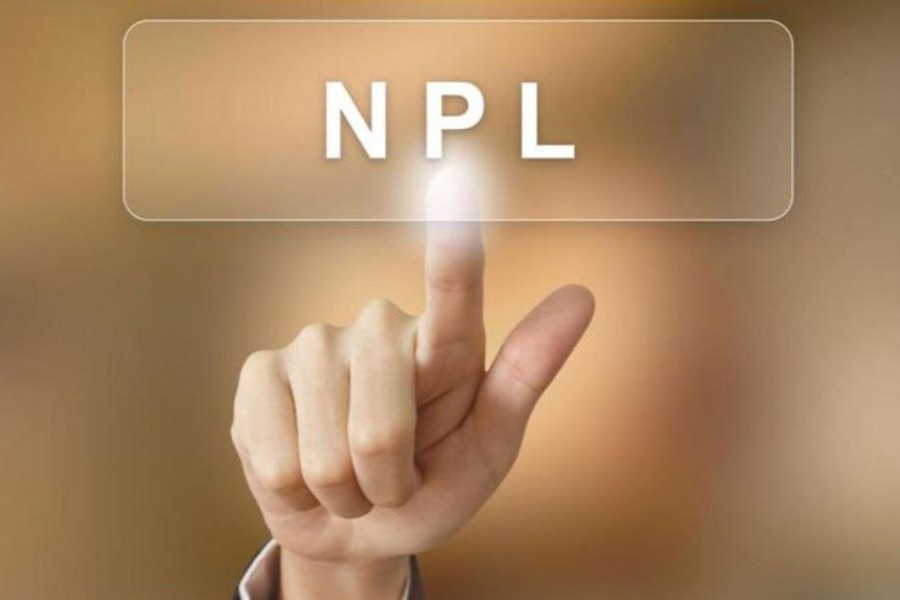The experience of the Reserve Bank of India (RBI) in effectively dealing with non-performing loans (NPLs) in recent years can be very pertinent for Bangladesh.
India's central bank in 2016 decided to clean up the balance sheets of different banks. These banks were collectively saddled with Rs 6,000 billion of bad loans. This sum was equivalent to about 9.0 per cent of the total outstanding loans in the Indian economy. After the RBI's order, banks started cracking their whip on Indian companies for repayment of loans. Leading corporate houses, including Reliance, Tata, Birla and Essar, were forced to sell their prized assets to repay their bank loans.
The RBI was empowered in 2017 to look into NPLs in India. US$ 154 billion was due from top borrowers in India. This huge sum of piled-up bad loans or stressed assets as of June 2017 accounts for the gross domestic product (GDP) of more than 137 countries together. These stressed assets or NPLs are 12 per cent of total banking loans in India. Gross NPL shot up by 135 per cent from December 2014 (Rs 2,610 billion) to December 2016 (Rs 6,970 billion). As of March, 2017, the situation was really bad. Only Rs 88 of every Rs 100 lent in Indian banking was recoverable in all likelihood.
As the situation continued to worsen, the RBI as well as the Supreme Court of India eventually stepped into to tackle the grave situation. The results have not, however, yet been encouraging. In its recent move, the RBI directed top 12 large borrowers to appear in bankruptcy courts. They make up 25 per cent of bad loans in India. This had effectively shifted power from squabbling banks to the regulator RBI. Yet, however, it is going to take some more time. The RBI, on December 21, claimed Indian financial system as stable.
The NPL holders in Bangladesh are not prized ones like Indian defaulters who are globally famous. Though our NPL holders are not even in proximity to any of them, their access to power and bureaucracy is much more than them. Nevertheless, there should be an Action Plan to curb NPLs. The government has to be neutral, precise, and purposeful and must take professional approach about reduction of NPL.
On the basis of Indian experience, Bangladesh Bank (BB) can be empowered to effectively recover NPLs from the top 20 defaulters, if need be, by selling off properties mortgaged. In case of NPLs, defaults do not only occur for reasons of delinquent borrowers. Many bankers, especially of state-owned commercial banks (SoCB), are not punished for NPLs which occur due to connivance of SoCB bankers. This is because ownership of SoCBs lies with the government. And employees do not have accountability for defaults, failures, negligence and non-achievements. The jobs of SoCBs are so secured that no such defaults have so far been attributed to any employee. On the contrary, these employees quite often advocate for frequent rescheduling and re-phasing of NPLs. The SoCB managements save the defaulters by regular rescheduling and re-phasing.
It is a matter of grave concern for SoCBs that actual picture of the whopping amount of NPLs is kept apart from being in books. Actually had the restructuring and re-phasing syndromes not been there the amount of classified loans would have soared to much high. This would have showed the unrecoverable but precarious state of NPLs. These misdeeds are aimed at depicting good Financial Statements hiding dismally poor banking business at year-end.
Masih Malik Chowdhury FCA is a past president ICAB & founding partner, Masih Muhith Haque & Co, Chartered Accountants.


